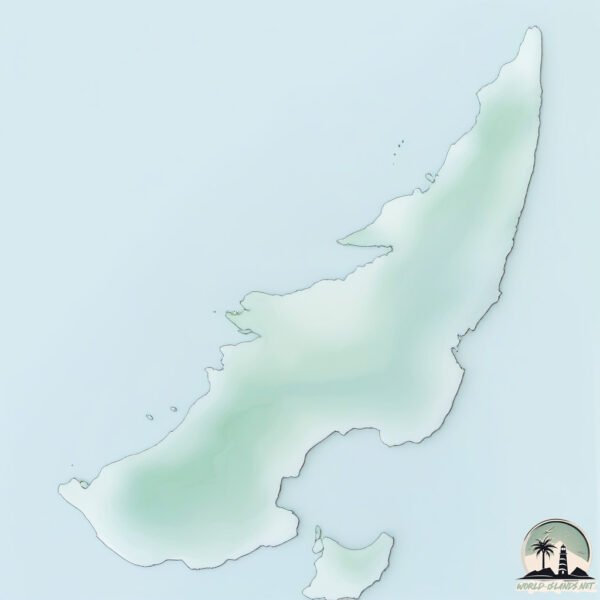Welcome to Mafia , a Tropical island in the Indian Ocean, part of the majestic Indian Ocean. This guide offers a comprehensive overview of what makes Mafia unique – from its geography and climate to its population, infrastructure, and beyond. Dive into the details:
Geography and size of Mafia
Size: 458.4 km²Coastline: 186.8 kmOcean: Indian OceanSea: Indian OceanContinent: Africa
Mafia is a Large Island spanning 458 km² with a coastline of 187 km.
Archipel: –
Tectonic Plate: Somalia – A large tectonic plate covering the Horn of Africa and parts of the Indian Ocean, known for the East African Rift where it’s splitting away from the African Plate.
The geographic heart of the island is pinpointed at these coordinates:
Climate and weather of Mafia
Climate Zone: TropicalClimate Details: Tropical Savanna, WetTemperature: Hot
Climate Characteristics: Defined by distinct wet and dry seasons with high temperatures year-round. Pronounced rainfall occurs during the wet season, while the dry season is marked by drought.
Topography and nature of Mafia
Timezone: UTC+03:00Timezone places: Asia/RiyadhMax. Elevation: 37 m Mean Elevation: 15 mVegetation: Evergreen Broadleaf ForestTree Coverage: 47%
The mean elevation is 15 m. The highest elevation on the island reaches approximately 37 meters above sea level. The island is characterized by Plains: Flat, low-lying lands characterized by a maximum elevation of up to 200 meters. On islands, plains are typically coastal lowlands or central flat areas.
Dominating Vegetation: Evergreen Broadleaf Forest
Vegetation: 11 vegetation zones – Exceptionally Diverse Island
Infrastructure and Travelling to Mafia
Does the island have a public airport? no .
Does the island have a major port? no .
The mean population of Mafia is 106 per km². Mafia is Moderately Inhabited. The island belongs to United Republic of Tanzania .
The name of the island resonates across different cultures and languages. Here is how it is known around the world: Arabic: جزيرة مافيا; German: Mafia; Spanish: Isla de Mafia; French: Mafia; Portuguese: Ilha de Mafia; Russian: Мафия; Chinese: 马菲亚岛
Continuing your journey, Juani is the next notable island, situated merely km away.
Travel With Me - Mafia Island - BEST and Most beautiful Places.
Travel With Me - Mafia Island - BEST and Most beautiful Places. Located southeast of Dar es Salaam off Tanzania's Swahili Coast, ...
Travel With Me - Mafia Island - BEST and Most beautiful Places.
Travel With Me - Mafia Island - BEST and Most beautiful Places. ...
Travel With Me - Mafia Island - BEST and Most beautiful Places. Located southeast of Dar es Salaam off Tanzania's Swahili Coast, ...
Mafia Island : The true local experience | Tanzania travel vlog [2024]
Backpacking Africa from Cairo to Cape Town #16 Taking the public ferry ...
Backpacking Africa from Cairo to Cape Town #16 Taking the public ferry to explore Mafia Island on a budget ! South from Zanzibar ...
Mafia Island VLOG - Best Kept Secret of Tanzania | Explore the Tanzania
Mafia Island VLOG - Best Kept Secret of Tanzania | Explore the ...
Mafia Island VLOG - Best Kept Secret of Tanzania | Explore the Tanzania Mafia Island is one of the most beautiful islands and a ...
United Republic of Tanzania is classified as Least developed region: Countries that exhibit the lowest indicators of socioeconomic development, with the lowest Human Development Index ratings. The level of income is Low income.
News – Latest Updates and Headlines from Mafia
Stay informed with the most recent news and important headlines from Mafia. Here’s a roundup of the latest developments.
Loading...
Please note: The data used here has been primarily extracted from satellite readings. Deviations from exact values may occur, particularly regarding the height of elevations and population density. Land area and coastline measurements refer to average values at mean high tide.

